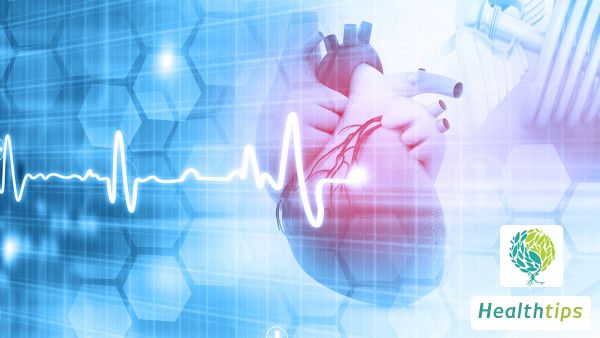Cervical disc herniation can lead to heart disease. When the cervical disc herniates, it can stimulate the sympathetic nerve endings around the vertebral body, causing reflex cardiac pain. At the same time, it can also cause sympathetic nerve excitement, leading to increased heart rate. Patients may experience arrhythmias, palpitations, chest tightness, and other symptoms. Treatment mainly includes cervical traction therapy, bed rest, cervical brace external fixation, drug therapy, and surgical treatment.

1. Cervical traction therapy: Cervical traction can reduce the pressure on the cervical disc, relieve neck muscle tension, restore the physiological curvature of the cervical disc, and thus alleviate the symptoms of heart disease.
2. Bed rest: Bed rest can reduce the pressure on the cervical disc, improve neck muscle strain, and allow the cervical disc to retract to a certain extent, thereby relieving nerve compression. It can also relax the neck muscles, reduce neck muscle pain, and facilitate the relief of heart disease symptoms.
3. Cervical brace external fixation: Cervical brace external fixation can provide neck support and gradually restore cervical curvature after neck fixation. This can relieve neck muscle strain, reduce neck muscle pain, and facilitate the relief of heart disease symptoms.
4. Drug therapy: Commonly used drugs include Eperisone Hydrochloride Tablets, which can relieve neck muscle spasms, reduce neck muscle pain, and thus reduce heart burden. However, not everyone can tolerate this medication, and it should be used under the guidance of a doctor.
5. Surgical treatment: If a patient's heart disease symptoms are severe, such as arrhythmias, surgical treatment may be required to alleviate symptoms. Generally, anterior cervical surgery and posterior cervical surgery can be performed to relieve heart disease symptoms. In daily life, it is important to avoid fatigue, cold exposure, and trauma, while strengthening cervical muscle exercises to enhance cervical stability and protect the heart.

